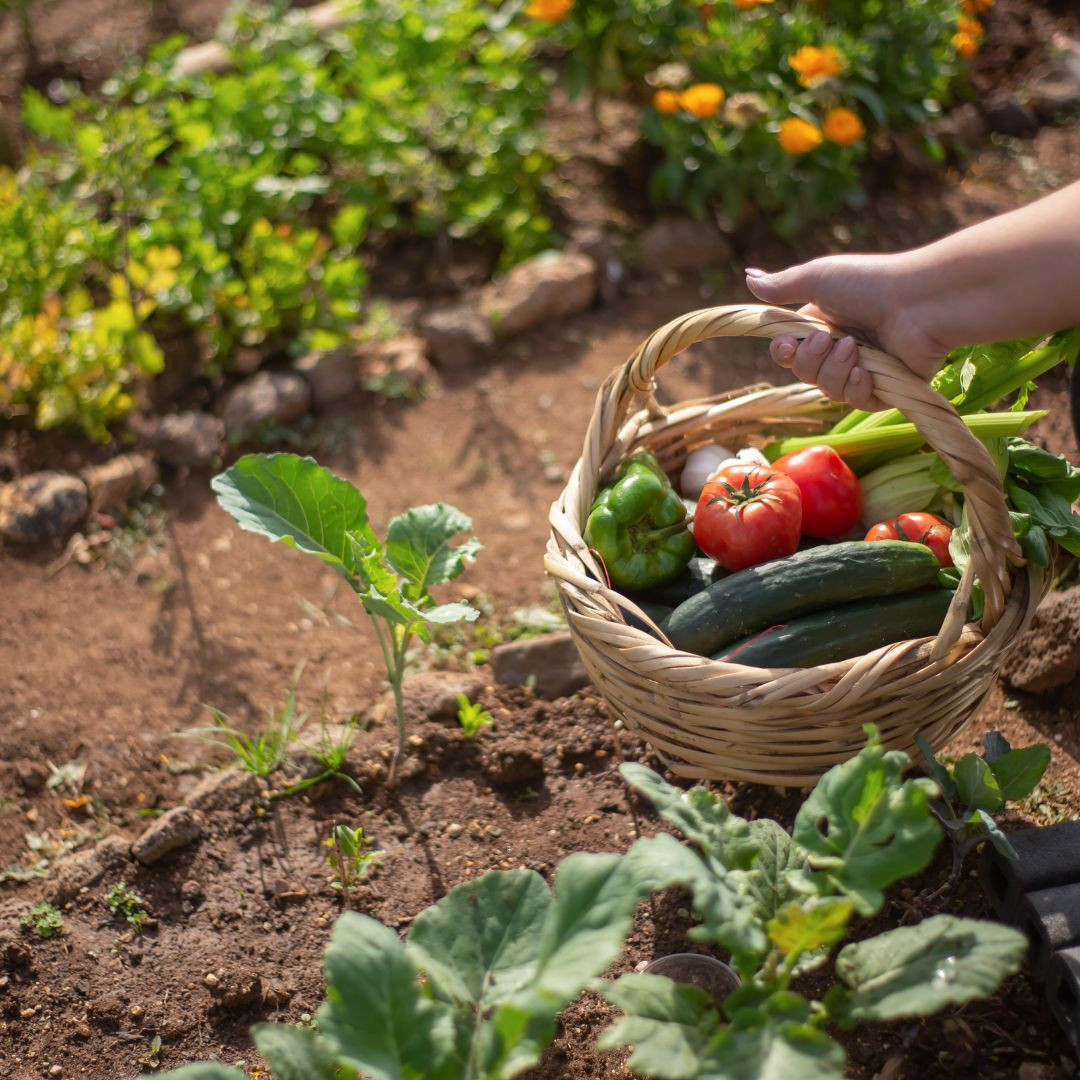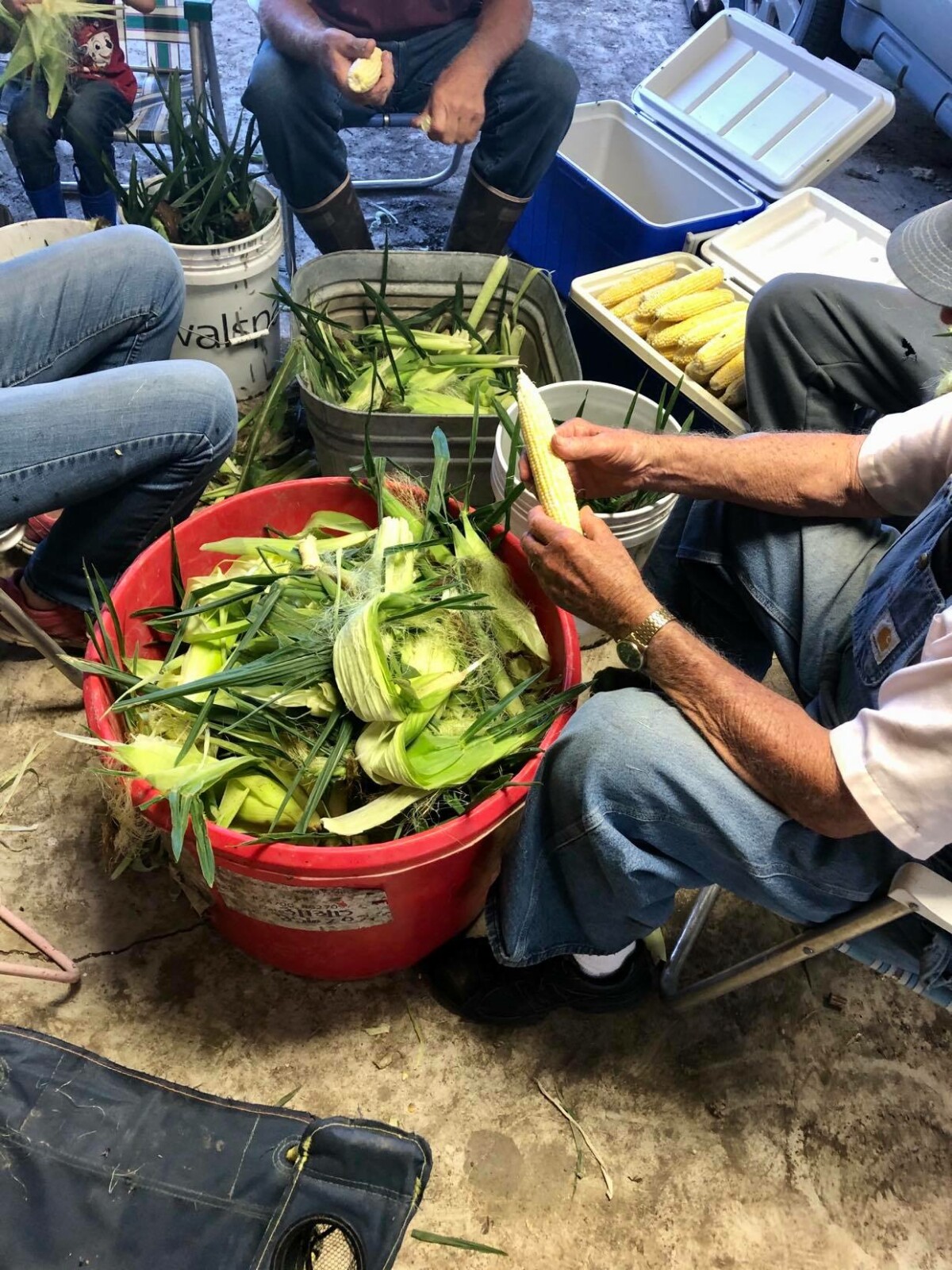
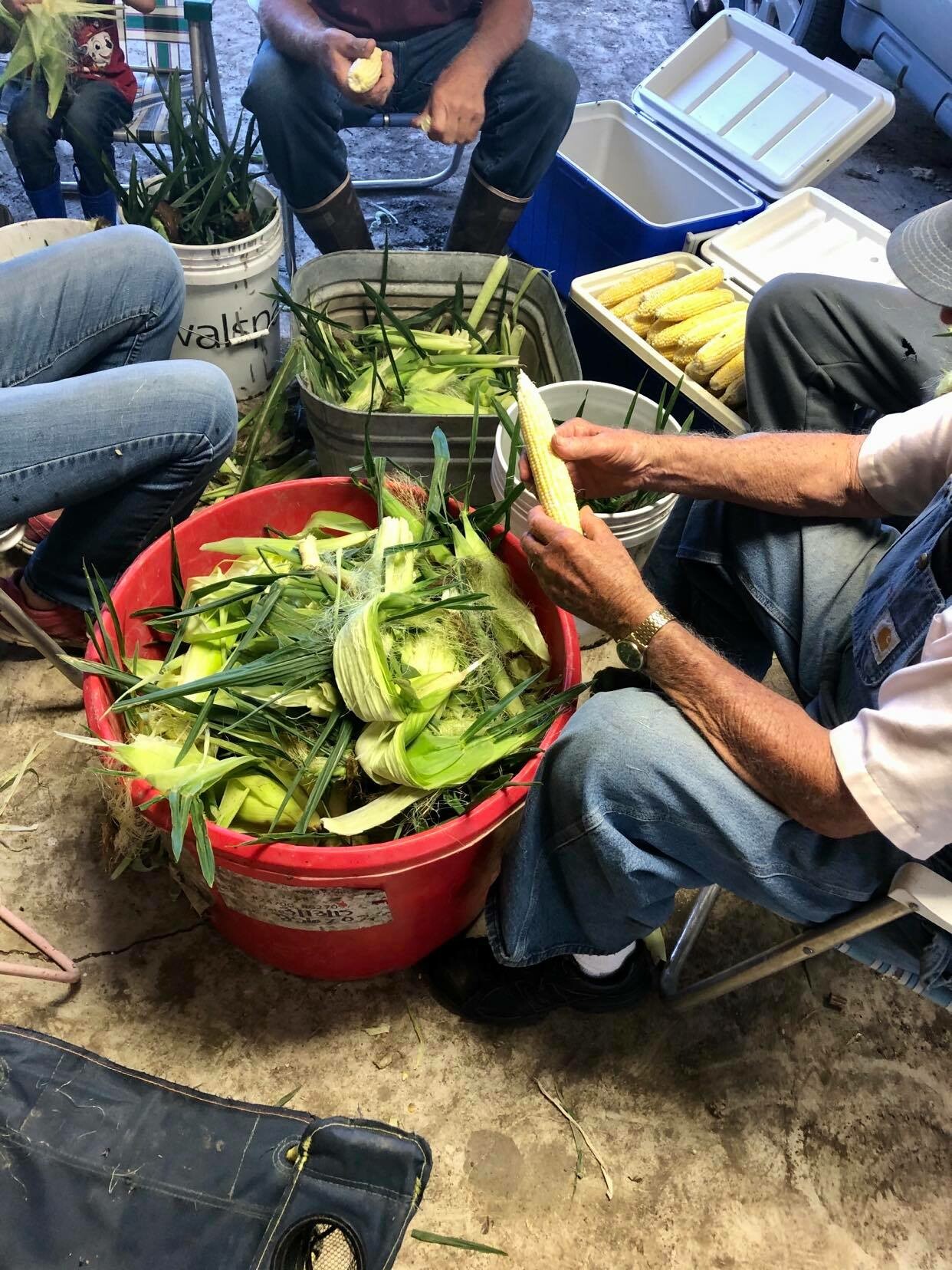
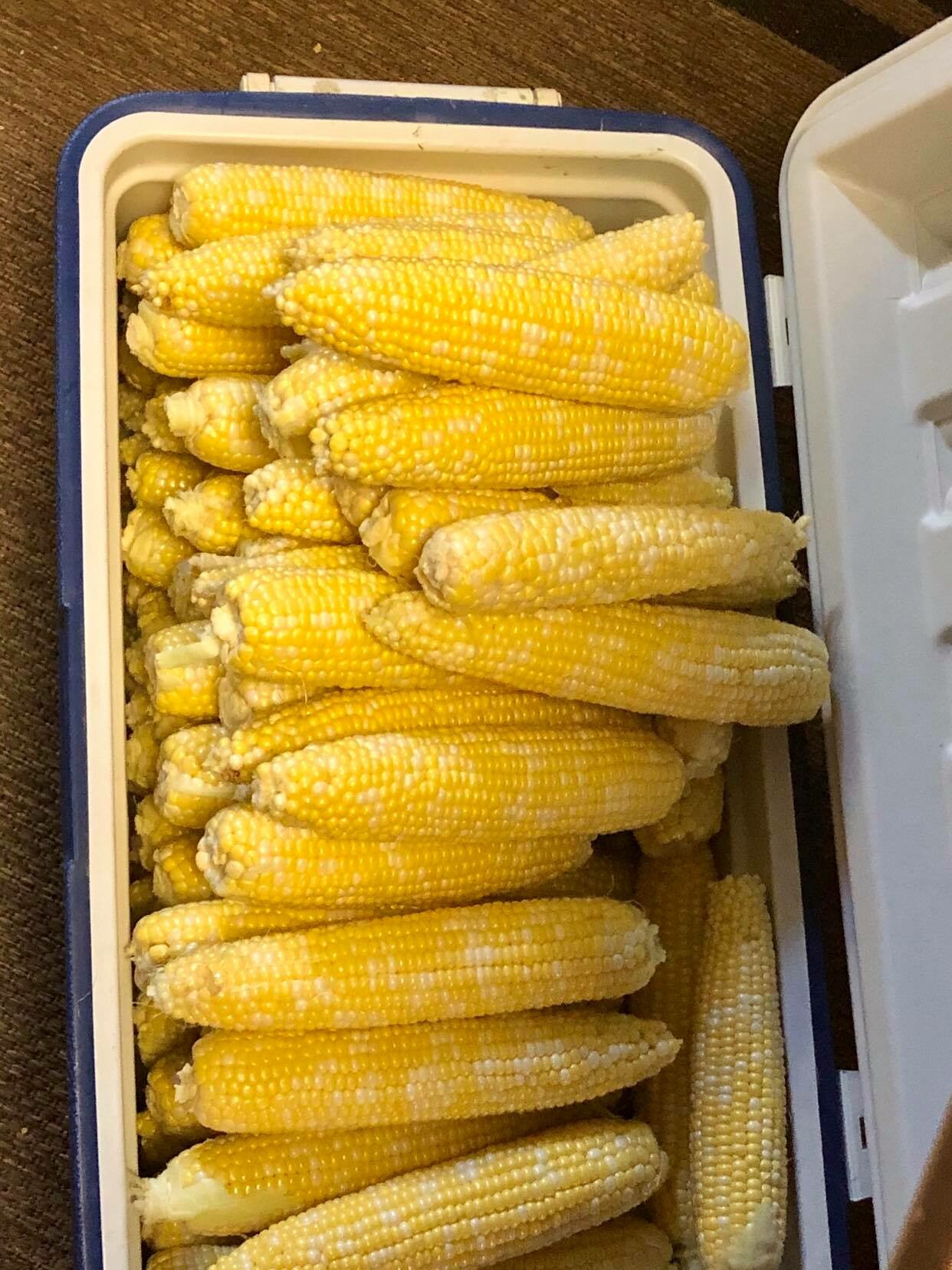
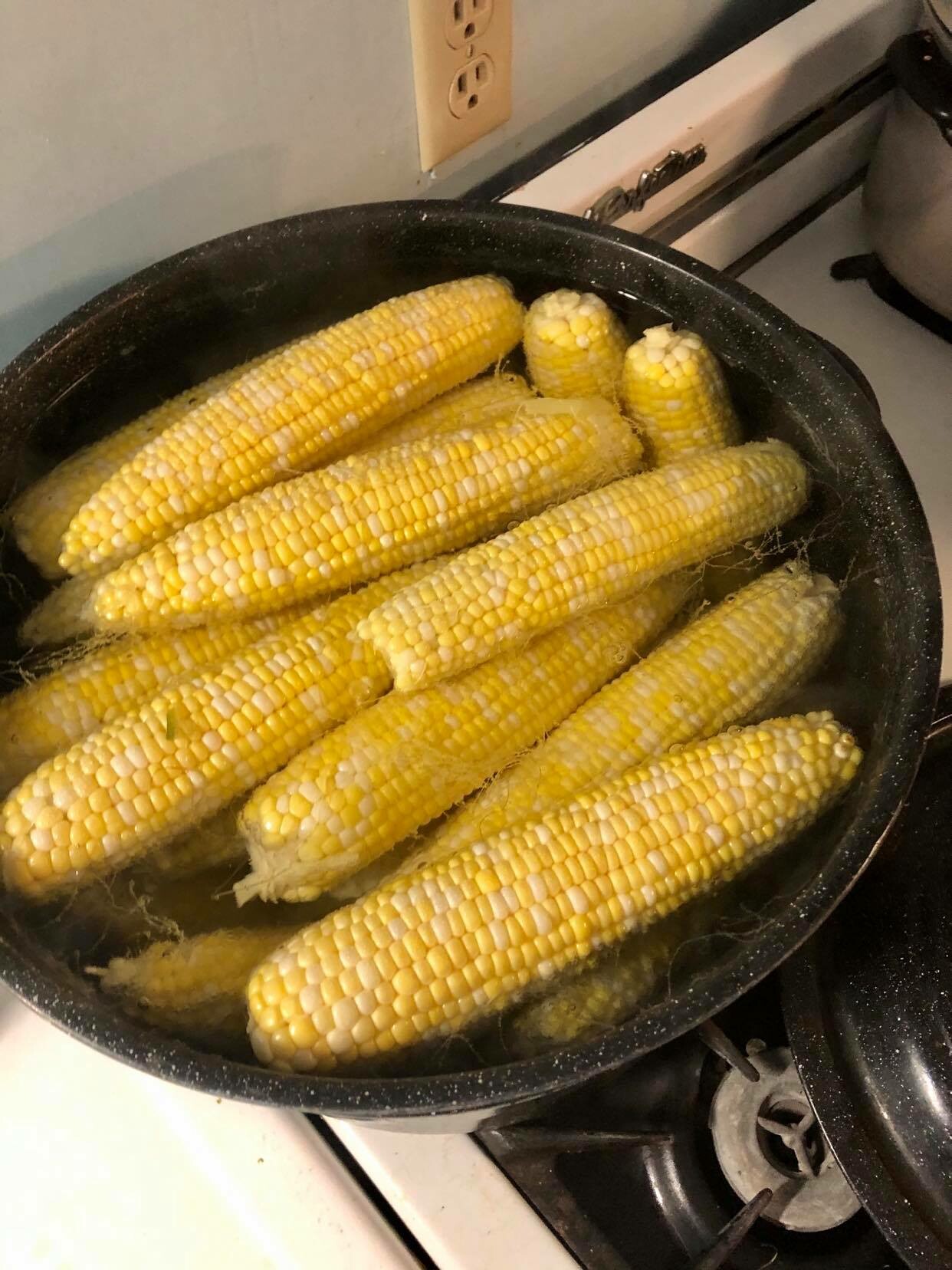
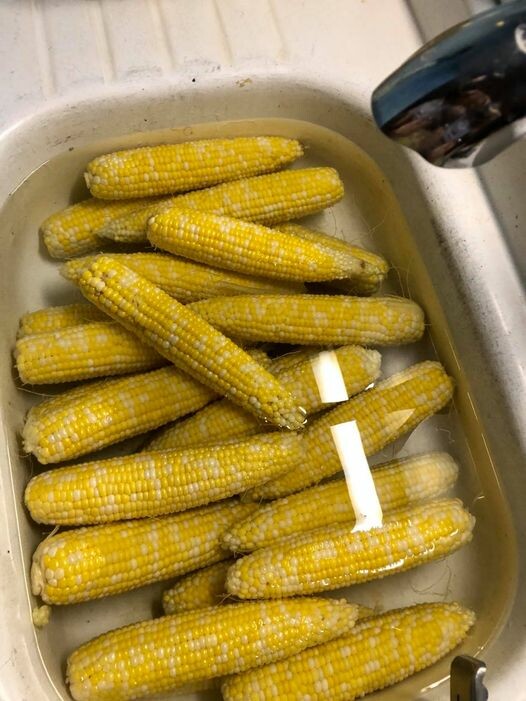
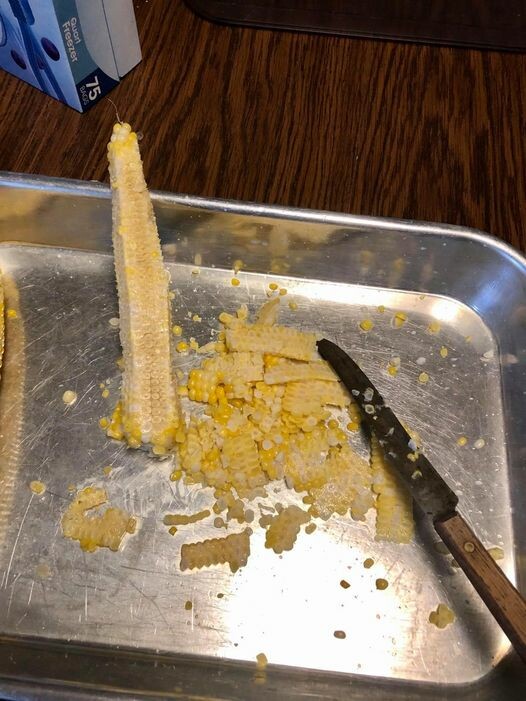
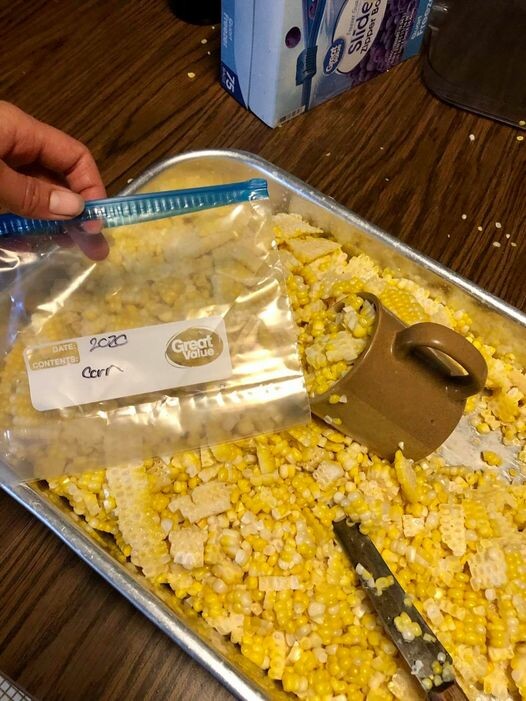
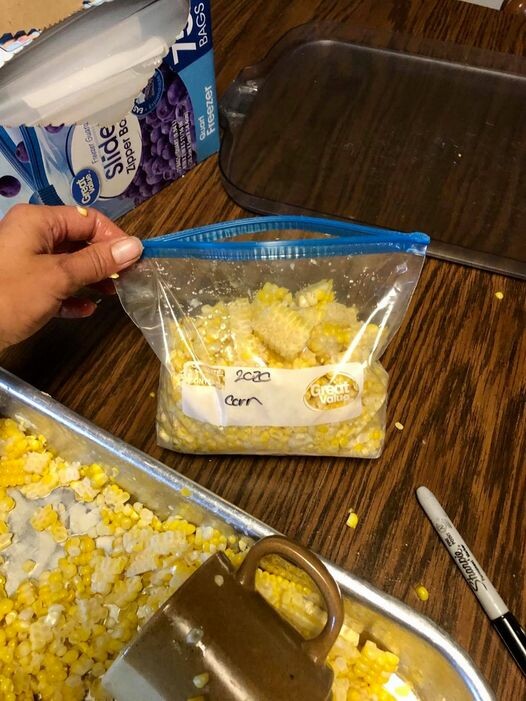
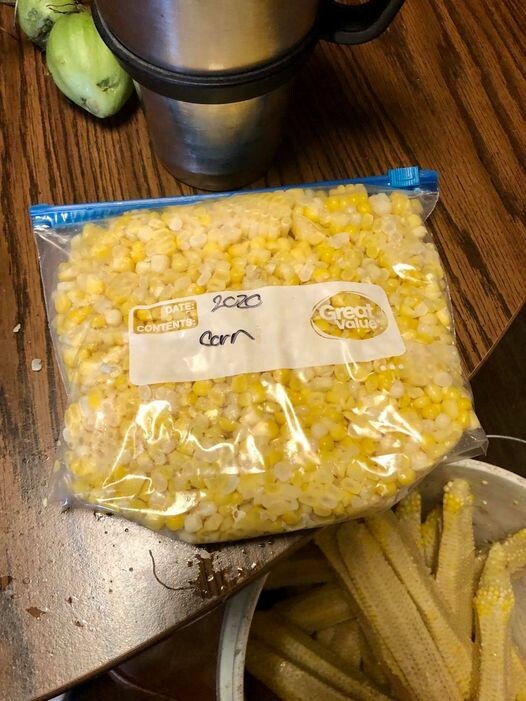
Wanting a community to lean into? Join the FREE Courageous + Purposeful Mommas group! This community is for the Mommas, mommas to be, in the midst of raising, and kids grown, looking for tips on building your family up and providing for them through natural methods. Tips include: gardening, bulk buying, caning,/preserving, livestock, homesteading, and home remedies. Your family is precious, and this group is to help you gain the knowledge and tools to keep your family well and not reliant on outside professionals. Remedies and tips are easy and simple for the busy momma, time is precious after all, including pregnancy, birth, young kids, and illness. Trust your Momma gut again! This community offers the resources + community you need to help get started on your journey and prepare for whatever future you envision.
Click here to get the stories straight to your email:
For more on wellness tips click here:
For more on homesteading on your budget click here:
For more simple DIY updates click here:
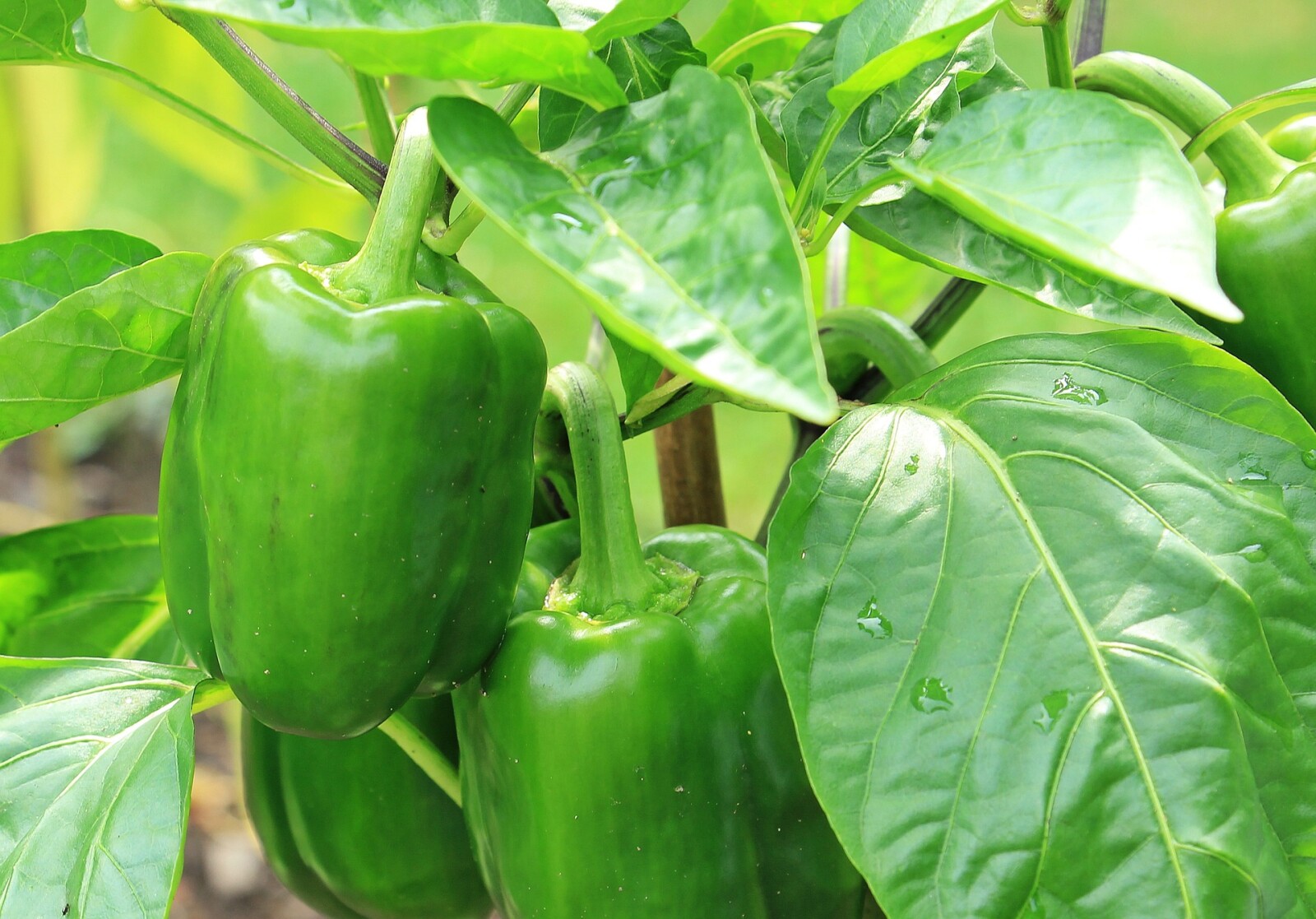

Step 3. Slice the pepper in half and remove the stem, seeds, and any bad spots. For hot peppers I will use for canning recipes later, I leave the seeds and chop them in a food processor.

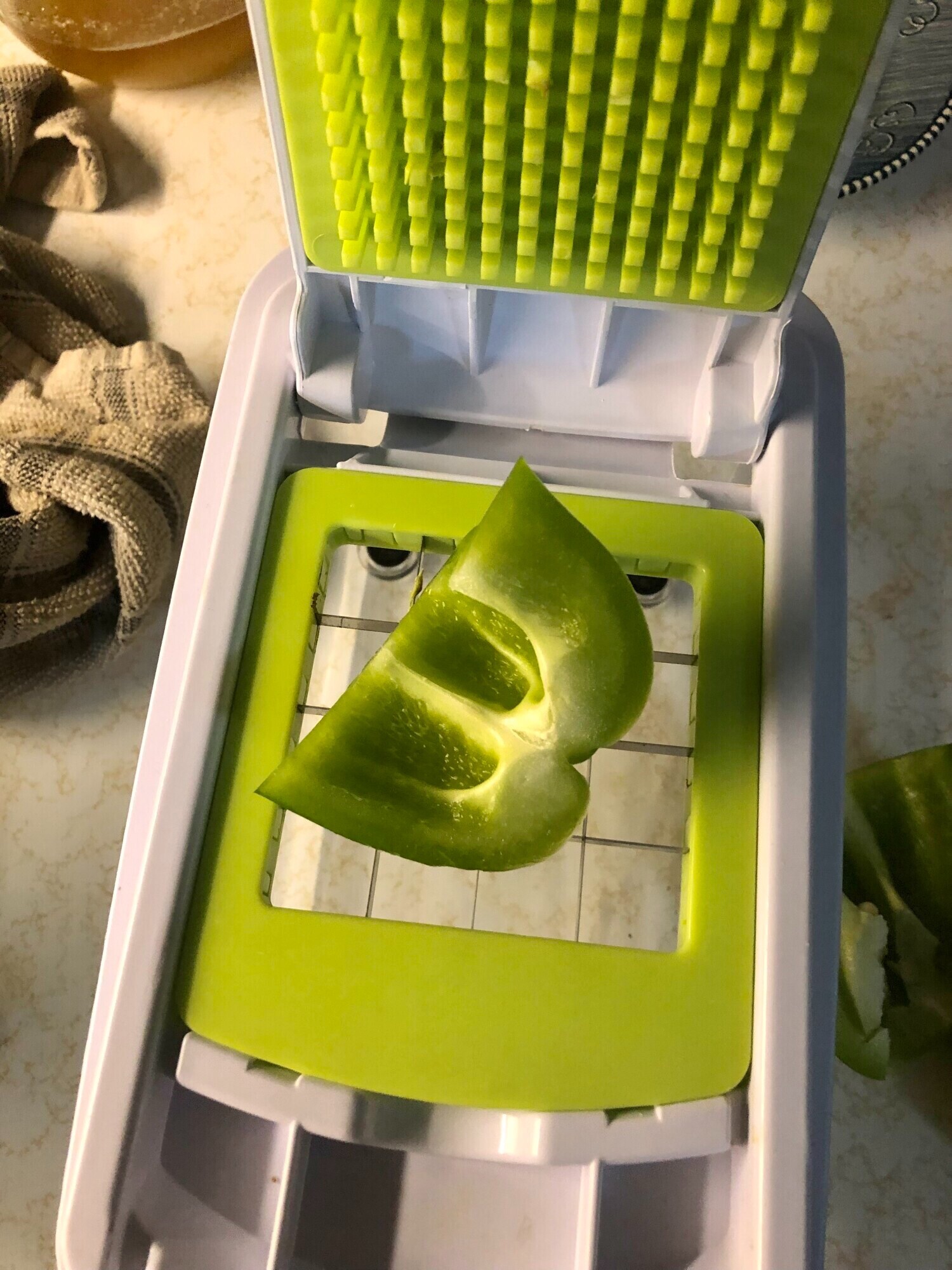
Step 4. Freeze the peppers. Place the peppers in freezer containers filling to the fill line. I used freezer containers last year, and plan to use vacuum bags this year. For the hot peppers, I use containers approximately the size I will need per recipe for simplicity.
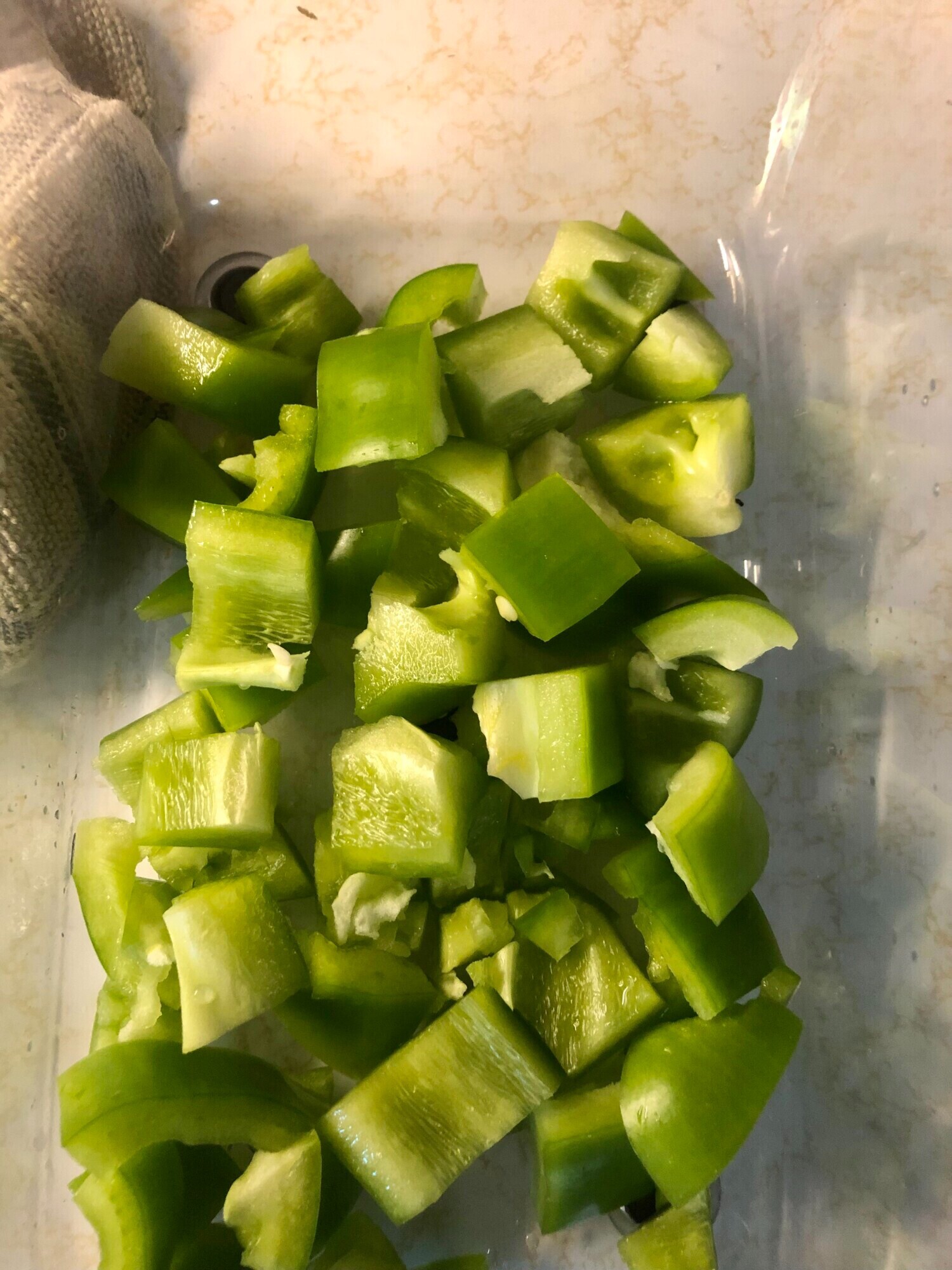
Wanting a community to lean into? Join the FREE Courageous + Purposeful Mommas group! This community is for the Mommas, mommas to be, in the midst of raising, and kids grown, looking for tips on building your family up and providing for them through natural methods. Tips include: gardening, bulk buying, caning,/preserving, livestock, homesteading, and home remedies. Your family is precious, and this group is to help you gain the knowledge and tools to keep your family well and not reliant on outside professionals. Remedies and tips are easy and simple for the busy momma, time is precious after all, including pregnancy, birth, young kids, and illness. Trust your Momma gut again! This community offers the resources + community you need to help get started on your journey and prepare for whatever future you envision.
Click here to get the stories straight to your email:
For more on wellness tips click here:
For more on homesteading on your budget click here:
For more simple DIY updates click here:



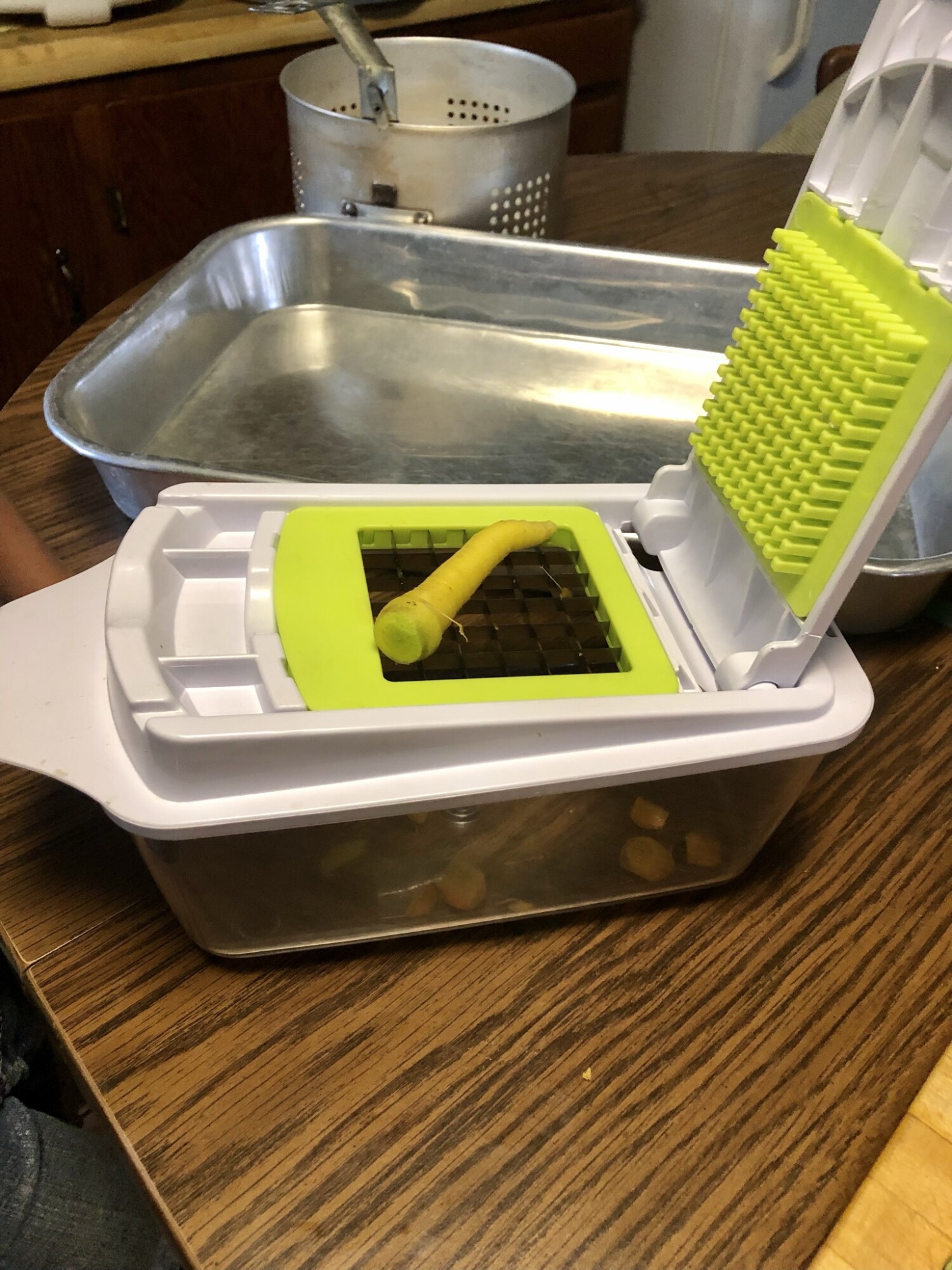
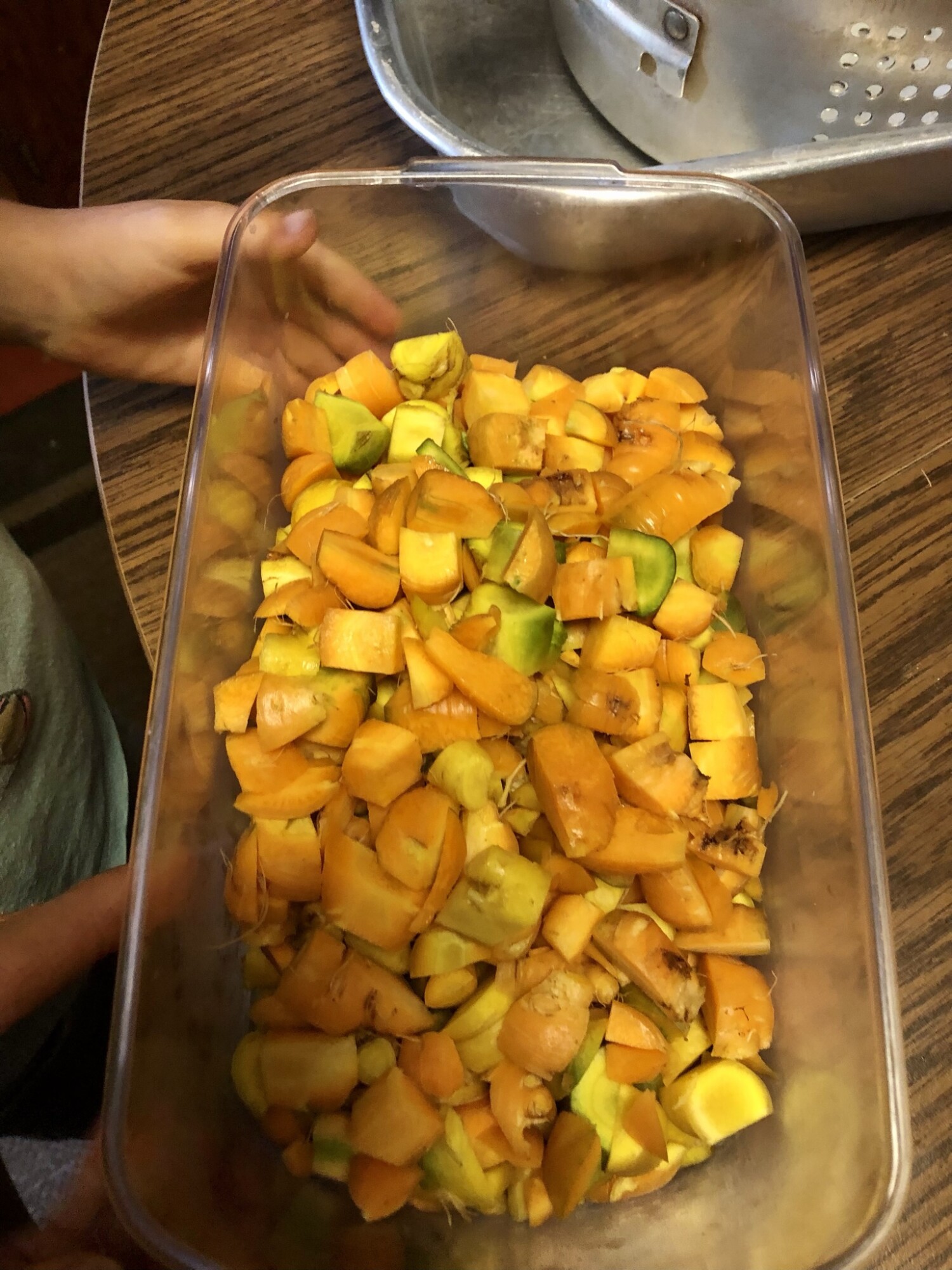
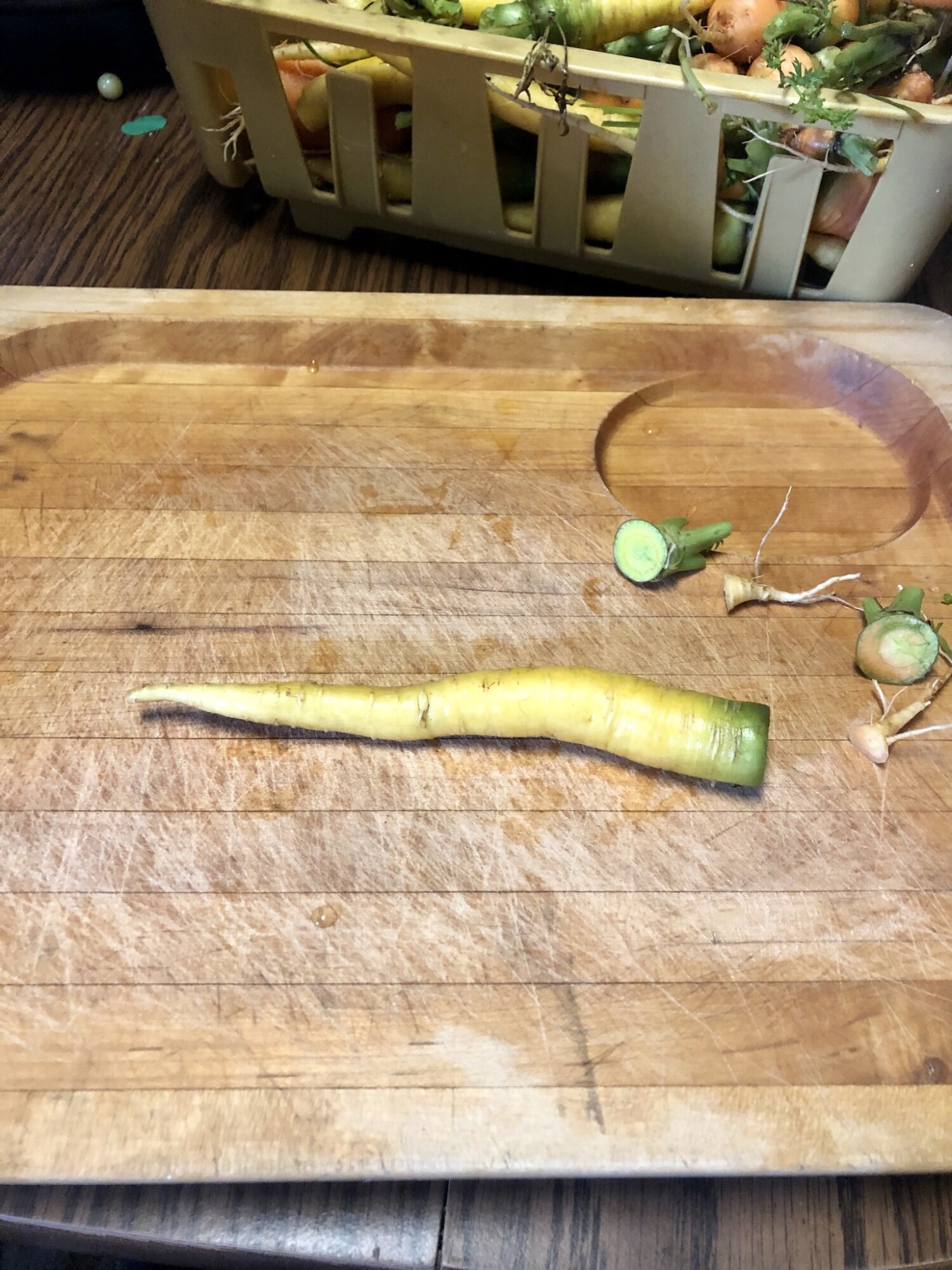
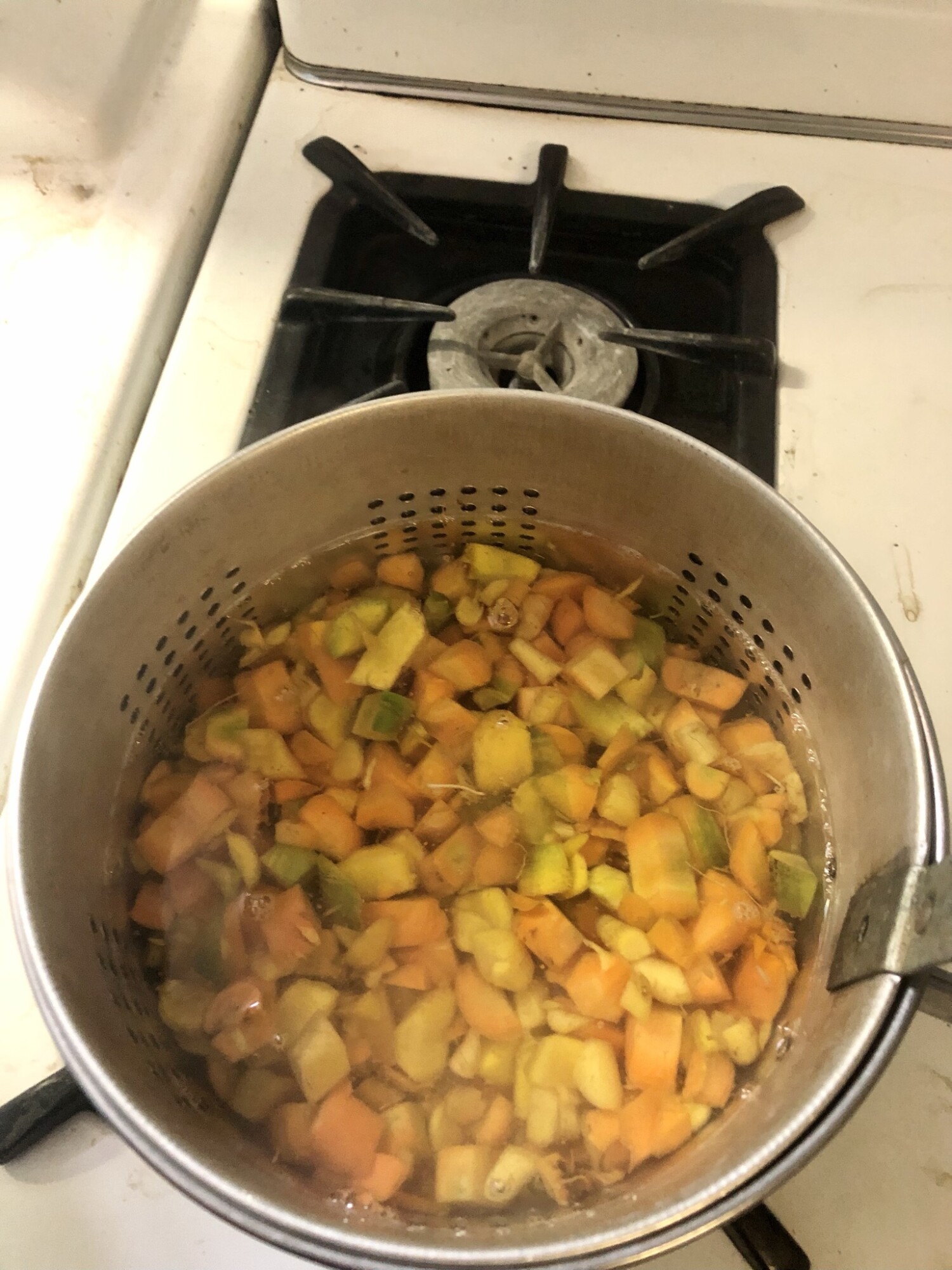
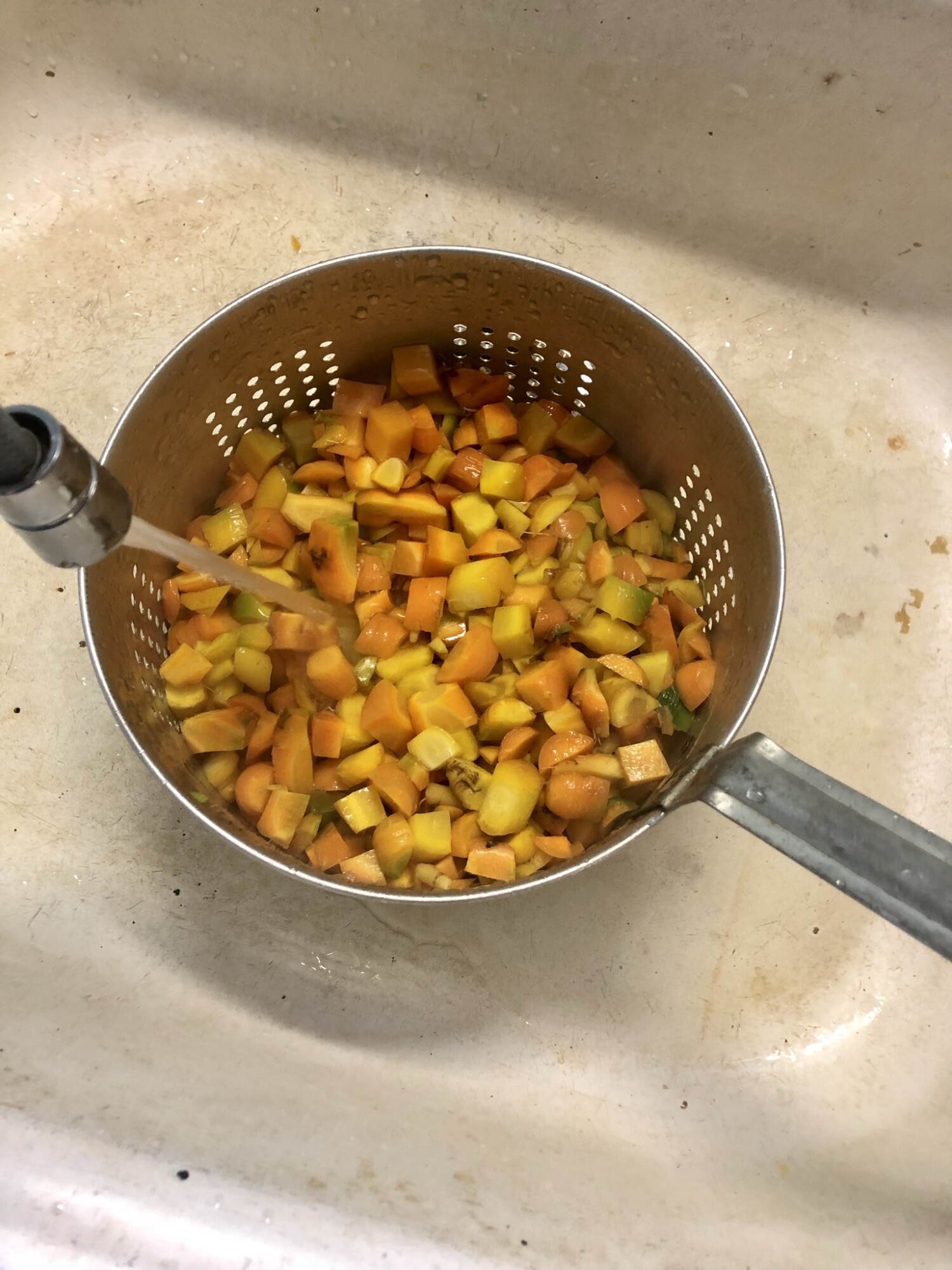
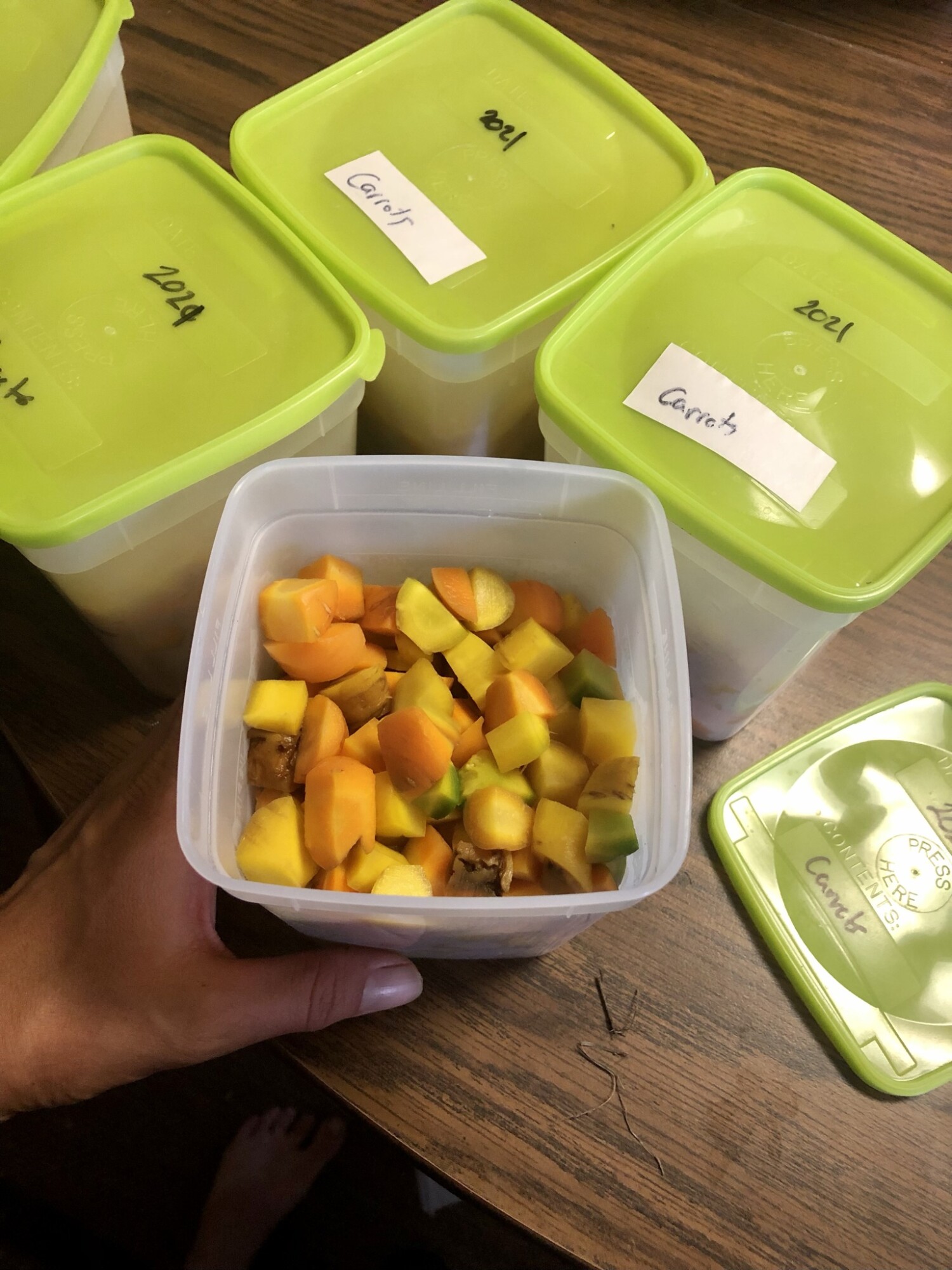
Wanting a community to lean into? Join the FREE Courageous + Purposeful Mommas group! This community is for the Mommas, mommas to be, in the midst of raising, and kids grown, looking for tips on building your family up and providing for them through natural methods. Tips include: gardening, bulk buying, caning,/preserving, livestock, homesteading, and home remedies. Your family is precious, and this group is to help you gain the knowledge and tools to keep your family well and not reliant on outside professionals. Remedies and tips are easy and simple for the busy momma, time is precious after all, including pregnancy, birth, young kids, and illness. Trust your Momma gut again! This community offers the resources + community you need to help get started on your journey and prepare for whatever future you envision.
Click here to get the stories straight to your email:
For more on wellness tips click here:
For more on homesteading on your budget click here:
For more simple DIY updates click here:


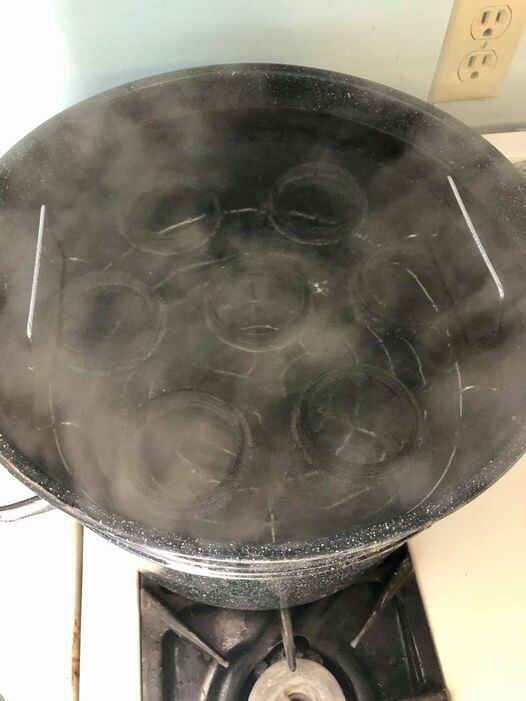


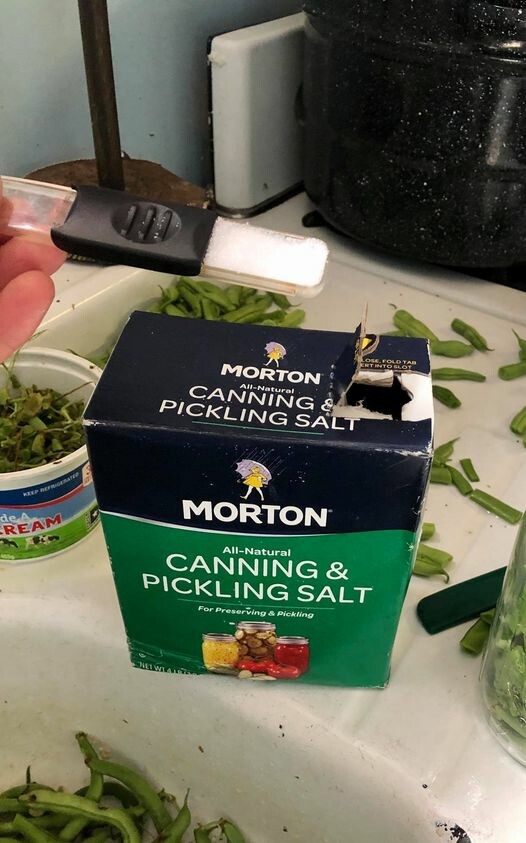
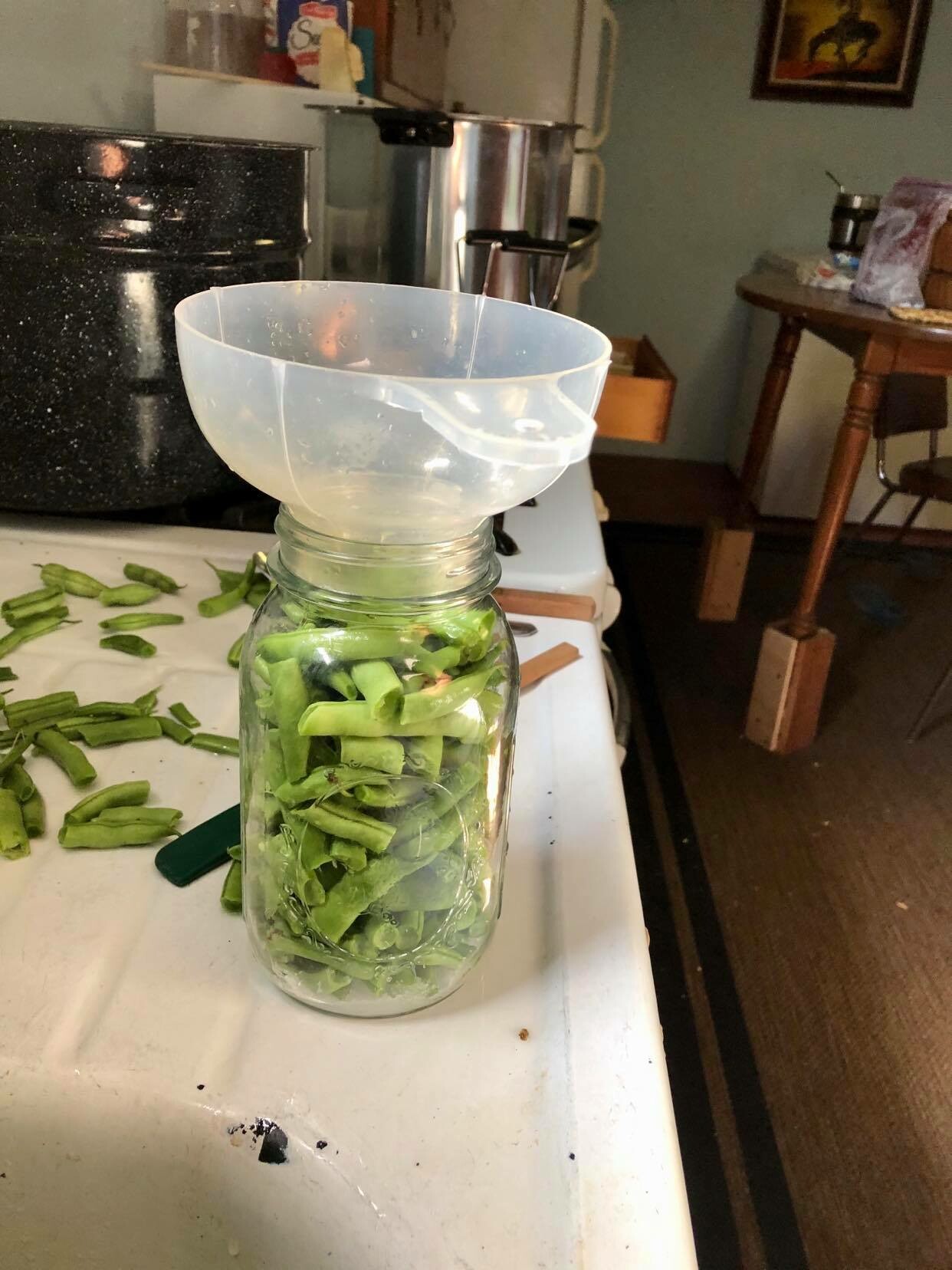
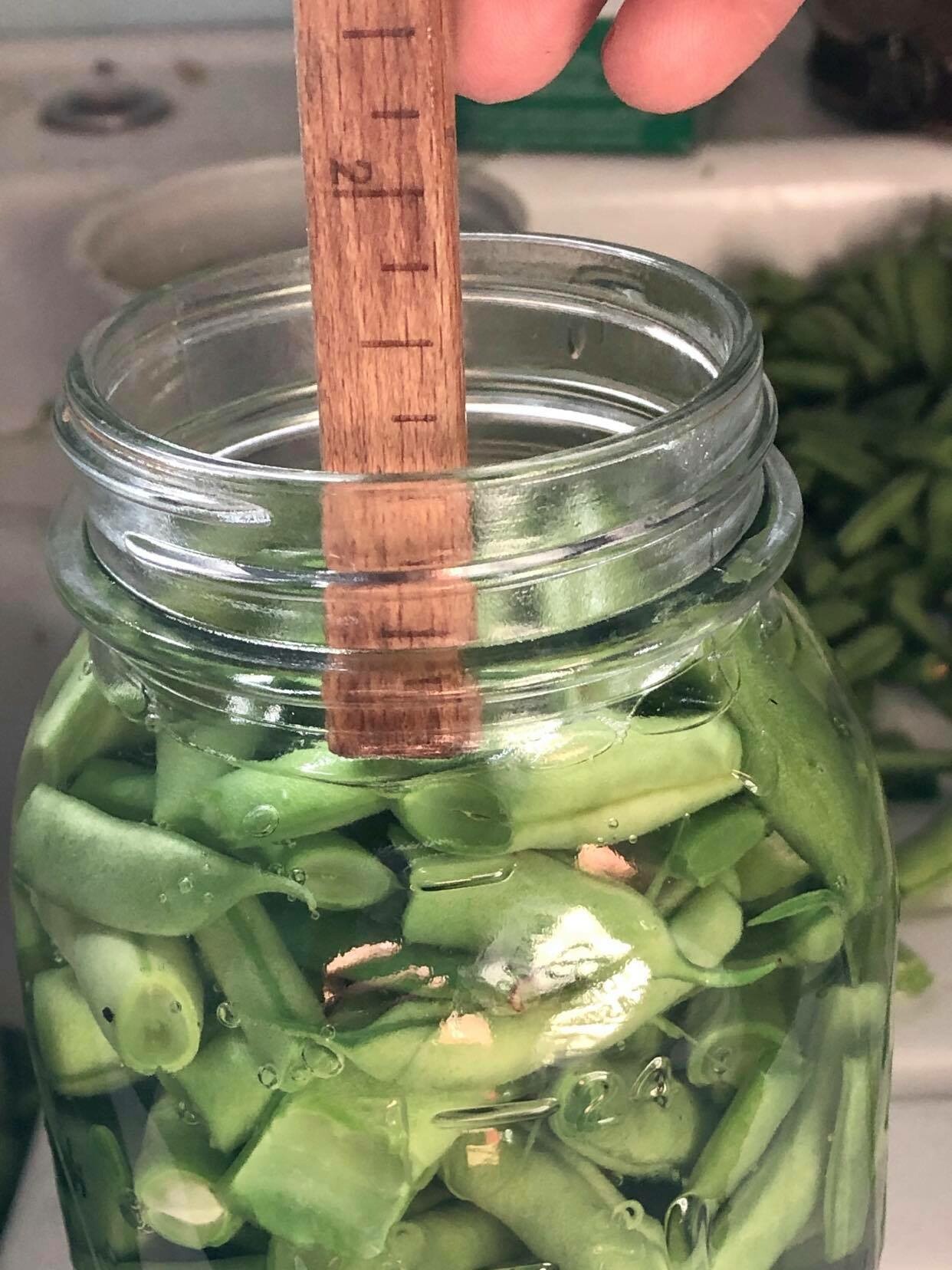


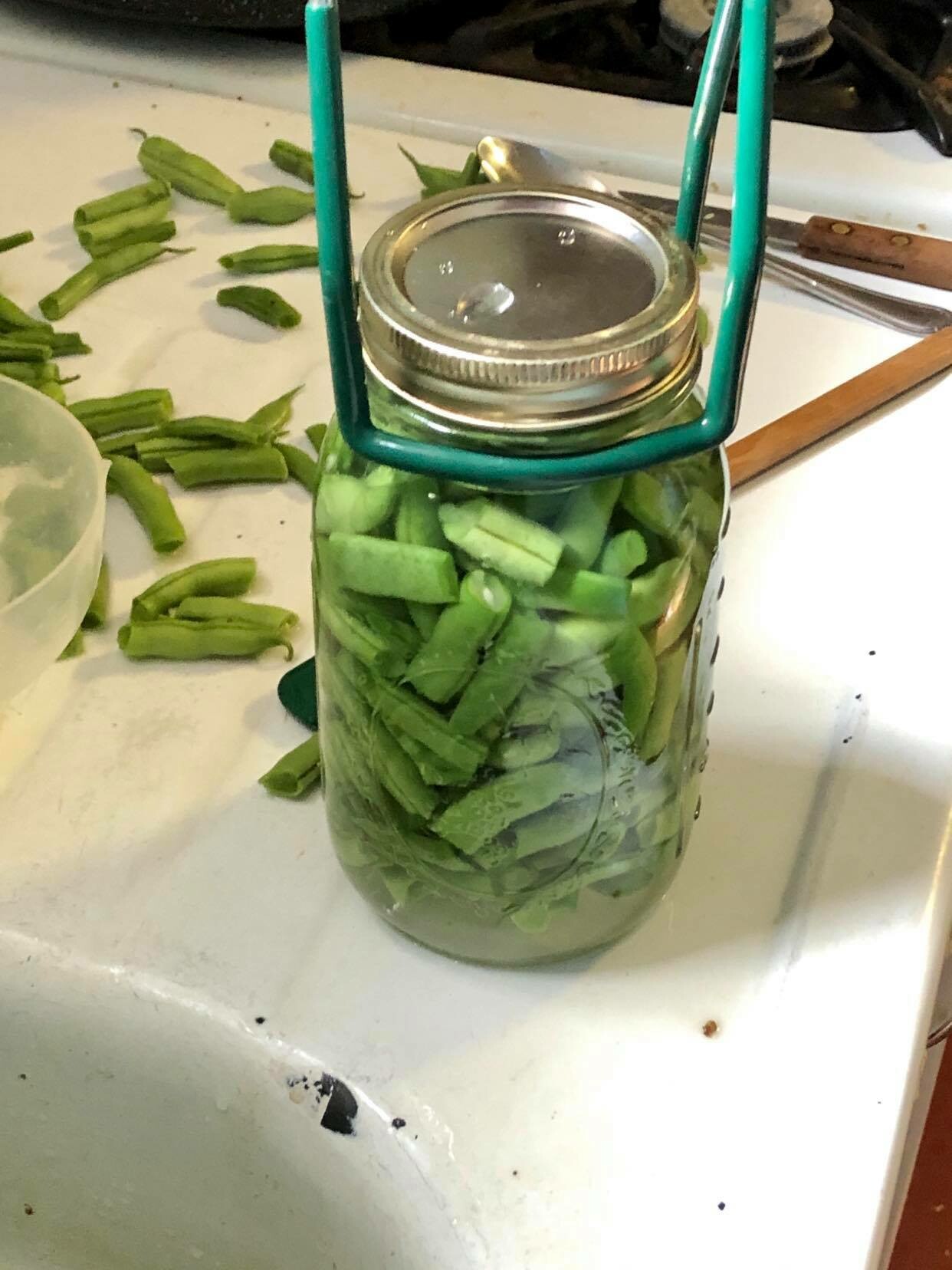

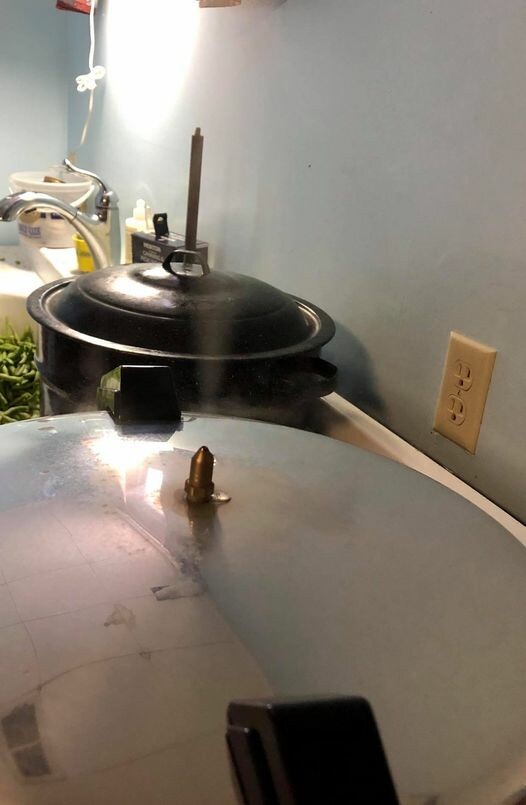

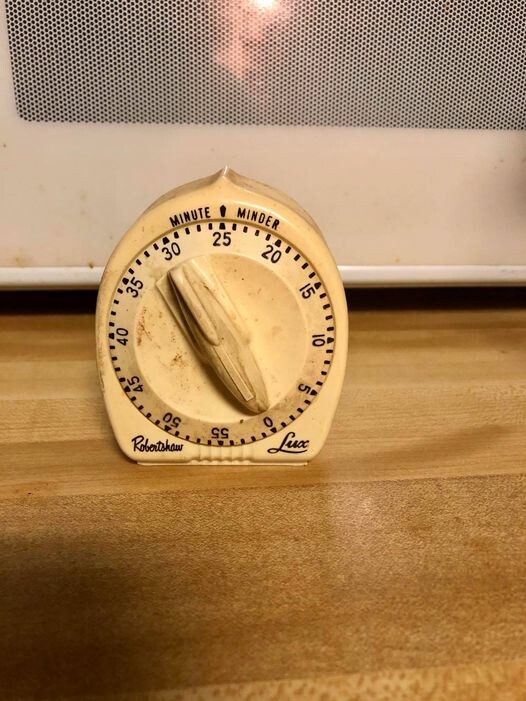

Wanting a community to lean into? Join the FREE Courageous + Purposeful Mommas group! This community is for the Mommas, mommas to be, in the midst of raising, and kids grown, looking for tips on building your family up and providing for them through natural methods. Tips include: gardening, bulk buying, caning,/preserving, livestock, homesteading, and home remedies. Your family is precious, and this group is to help you gain the knowledge and tools to keep your family well and not reliant on outside professionals. Remedies and tips are easy and simple for the busy momma, time is precious after all, including pregnancy, birth, young kids, and illness. Trust your Momma gut again! This community offers the resources + community you need to help get started on your journey and prepare for whatever future you envision.
Click here to get the stories straight to your email:
For more on wellness tips click here:
For more on homesteading on your budget click here:
For more simple DIY updates click here:

This post may contain affiliate links, which means that I may receive a commission if you make a purchase using these links, with NO additional cost to you.
Wait what?!? That was my reaction at first, but having an abundance of cucumbers, I decided to try it. Besides if they were good, it would be a good way to make them last over the winter. I already had pickles and relish left from last year to get me through this year, so I needed something else.
I started with a very small batch, there was no point in having a bunch if they weren’t any good. The first batch I did through one of those old cheese graters. This sliced the cucumbers very thin, but still took quite a bit of time and I got many partial pieces, instead of round slices. After they dehydrated overnight we tasted them. They were dissolve on your tongue thin, but tasted good. So I tried round two filling the entire dehydrator.
In my quest for quick easy cutting I remembered my food processor! I had to cut the cucumbers in half to fit, but cutting part went way faster, and more uniform in shape and thickness. I still tossed them in the oil and salt mixture as the recipe directed. The results of round 2 were mixed. They still tasted good, but they were too thin for a good chip
Round three, I went back to the good old knife. While the cutting part took longer, and the thickness was not exactly uniform. I filled the dehydrator as full as I could. I also tried brushing the oil salt mix on the slices instead of tossing them. You know to save a dish to wash. These turned out good! They were the proper thickness for a chip and tasted good. I tend to not like a lot of salt, so the one side was perfect for me. My kids liked the chips as well, but they love cucumbers straight out of the garden too.
Recipe
Cucumbers sliced thin
1 T Olive oil
½ t Sea Salt
2 t apple cider vinegar (if you want salt vinegar chips)
1. Lay cucumbers on dehydrator trays.
2. Mix olive oil, sea salt, and vinegar (if desired)
3. Brush onto the cucumbers
4. Dehydrate at 135 degrees F for 10-12 hours until crispy
5. Cool and eat or place in containers for storage.
Wanting a community to lean into? Join the FREE Courageous + Purposeful Mommas group! This community is for the Mommas, mommas to be, in the midst of raising, and kids grown, looking for tips on building your family up and providing for them through natural methods. Tips include: gardening, bulk buying, caning,/preserving, livestock, homesteading, and home remedies. Your family is precious, and this group is to help you gain the knowledge and tools to keep your family well and not reliant on outside professionals. Remedies and tips are easy and simple for the busy momma, time is precious after all, including pregnancy, birth, young kids, and illness. Trust your Momma gut again! This community offers the resources + community you need to help get started on your journey and prepare for whatever future you envision.
Click here to get the stories straight to your email:
For more on wellness tips click here:
For more on homesteading on your budget click here:
For more simple DIY updates click here:
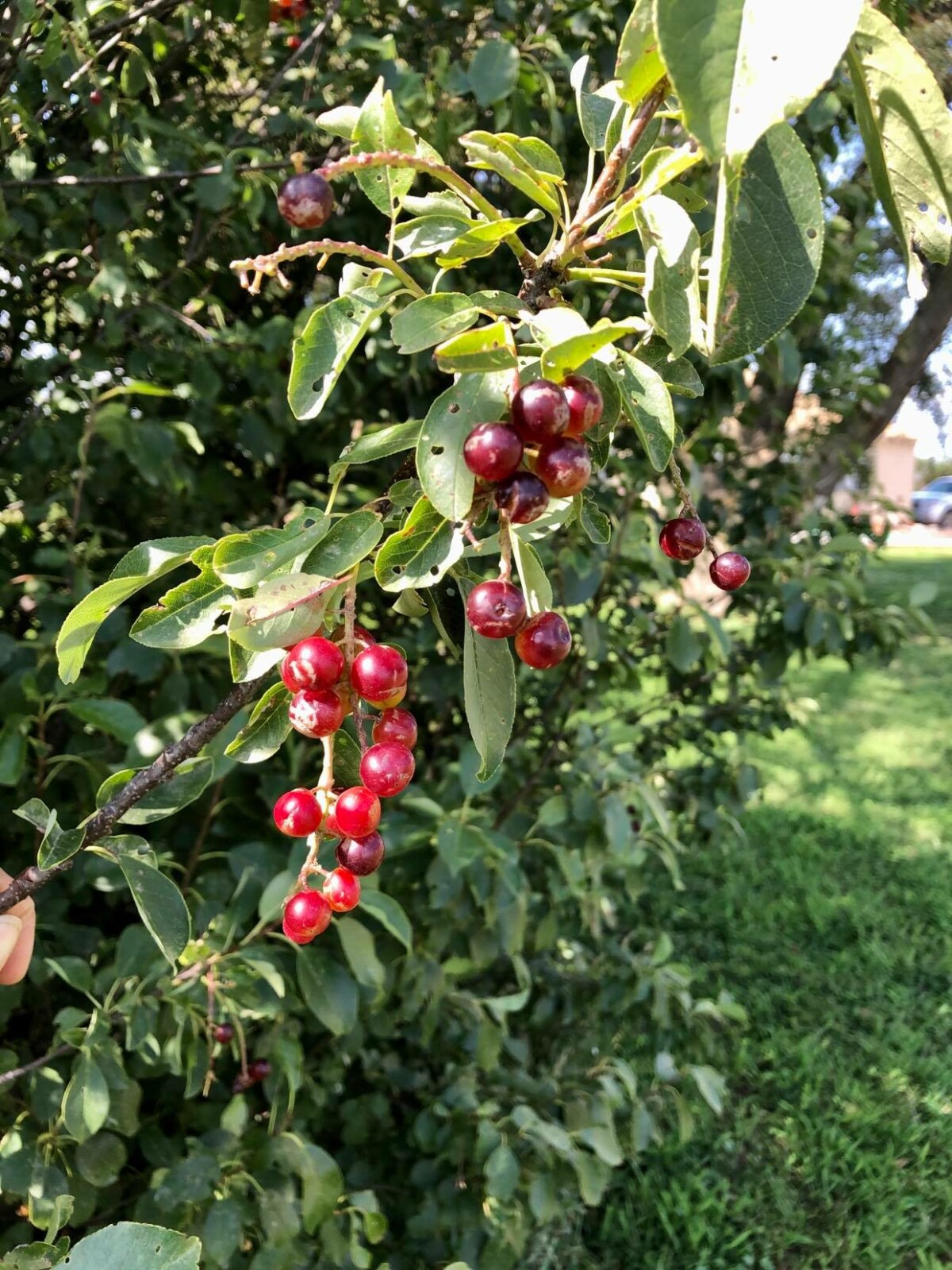
This post may contain affiliate links, which means that I may receive a commission if you make a purchase using these links, with NO additional cost to you.
The other day my beautiful mother-in-law messaged me to see if I wanted any of her chokecherries. Of course! Now what do I use them for that my kids would actually eat? How about syrup?! The mulberry syrup went over well, and was now gone, may as well try it. Recipe at the bottom.
Turns out the frost killed most of the chokecherry blossoms, so there wasn’t much, but there was enough for me to experiment with. Ivalee, James and I set out one afternoon to go pick what was there. She was actually all over the picking until the easy low ones were gone, then climbing the fence was way more fun. We did manage to get an ice cream bucket full. Which was around 8 cups. They then sat on the counter overnight until I could deal with them in the morning.
The next morning, I was in a hurry, so I dumped the bucket into the pot and added the water. No, I didn’t wash them, or sort the leaves out first. I stirred the berries around a bit and like magic the leaves and steams floated to the top! I scooped them out and let the cooking begin! The recipe I was following said to strain the juice off and and reboil the seeds and pulp to get more juice. I did not have that kind of time. But I got to thinking about my favorite red juice. It is actually a puree, so you receive the benefits from the entire berry. Why not with chokecherries?
After straining as much juice as I could through the cheese cloth (and spilling some all over the stove, the lighter on my gas stove still hasn’t recovered), I dumped the pulp and pits into the blender. Looking back, I should have done half at a time. The full amount was a little much for my blender. Once everything was blended smooth, I added it back to the juice. Heated it back up and added the sugar, orange and lemon. You can use real orange and/or lemon juice, but I didn't have any, so I used the oils I did have. Let everything cook and then pour into jars and process! I ended up with 7 pints of deliciousness. You definitely need to shake before using, but it tastes amazing!
Recipe
Equal parts chokecherries, water, sugar (example: 4 c chokecherries, 4 c water, 4 c sugar)
1-2 drops Orange essential oil (to taste)
1-2 drops Lemon essential oil (to taste)
Add chokecherries and water into a pan. Bring to boil, cover, and simmer for 30 minutes
Strain juice through cheesecloth and squeeze as much out as you can.
Blend up pulp and pits in blender
Re-strain through cheesecloth
Add sugar and orange and lemon
Stir occasionally over medium heat for 20-30 min
Pour into hot sterilized jars and process for 10 minutes
Shake before use and enjoy!
Wanting a community to lean into? Join the FREE Courageous + Purposeful Mommas group! This community is for the Mommas, mommas to be, in the midst of raising, and kids grown, looking for tips on building your family up and providing for them through natural methods. Tips include: gardening, bulk buying, caning,/preserving, livestock, homesteading, and home remedies. Your family is precious, and this group is to help you gain the knowledge and tools to keep your family well and not reliant on outside professionals. Remedies and tips are easy and simple for the busy momma, time is precious after all, including pregnancy, birth, young kids, and illness. Trust your Momma gut again! This community offers the resources + community you need to help get started on your journey and prepare for whatever future you envision.
Click here to get the stories straight to your email:
For more on wellness tips click here:
For more on homesteading on your budget click here:
For more simple DIY updates click here:
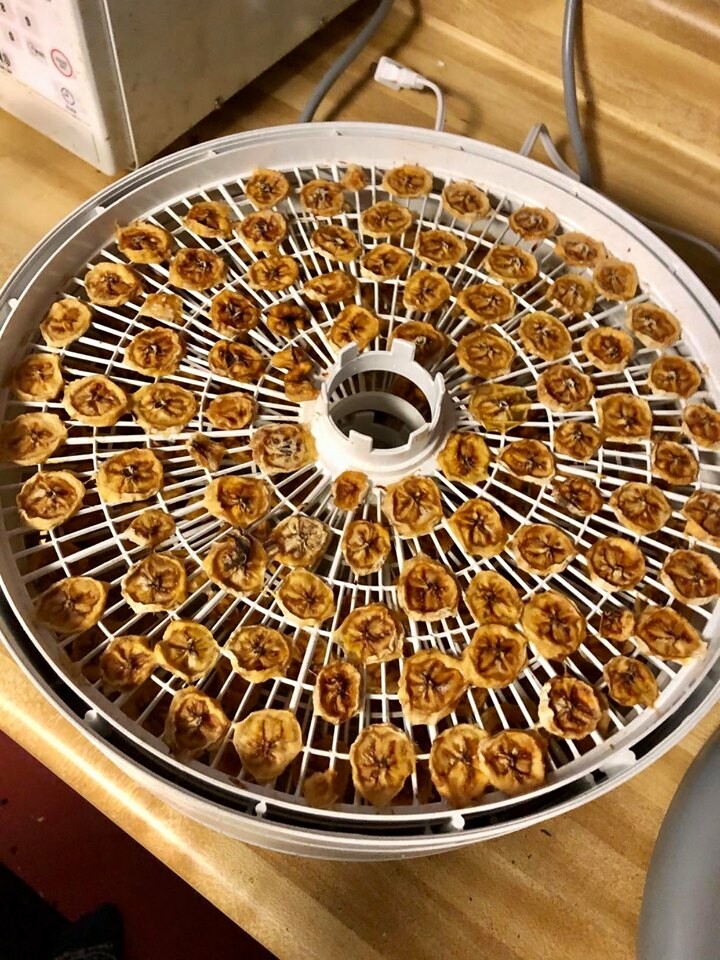
This post may contain affiliate links, which means that I may receive a commission if you make a purchase using these links, with NO additional cost to you.
My kids love fruit! And I love that they love it. But when you are on the go, some fruits just don’t travel well. Many of the favorite fruits are also harder to find in the winter. My solution? Dehydrated fruit!
Last winter I was buying some dehydrated fruits to try them out. Thinking that I was getting great healthy snacks that weren’t loaded with sugar. I got bananas, pineapple, kiwi, and mango at first. Then I read the labels. Every one of them had a sugar coating and some kind of dye. Lesson learned: read the labels very carefully before buying. I did find a few brands that were actually just the fruit and do get those for the occasional treat. You can buy the pineapple here.
Bananas proved a little harder to find without the extra sugar. So I decided to make my own, since my kids like them so much. The riper the banana the sweater they are. Bananas actually have quite a bit of fructose (fruit sugar) naturally. What I found is the over ripe bananas actually make really good chips, because they are so sweet. Bonus? You can usually buy them half price. They cut up really nicely as long as they aren't bruised or complete mush. If you don’t want them to brown you will need to dip them in a citric acid or lemon juice. I personally don’t mind, so I sip that step and cut them straight onto the dehydrator. I have found I can get around 3 bananas per tray, depending on how thick I cut them.
How simple is this little treat? Buy overripe bananas, purchase only enough to fill the dehydrator. They tend to go bad very quickly. Cut the bananas thinly onto the dehydrating trays. Once full, turn the dehydrator on 135 degrees and walk away for at least 24 hours. Let the bananas cool once dry and pack into freezer containers. I leave mine a little chewy, so I put them in the freezer for storage. I personally love these reusable containers.
Banana Chips
Over ripe bananas
Citric acid or lemon juice (optional)
Thinly slice bananas onto tray
Turn dehydrator on 135 degrees for 24 hours
Check bananas for dryness
Store in freezer safe containers
Wanting a community to lean into? Join the FREE Courageous + Purposeful Mommas group! This community is for the Mommas, mommas to be, in the midst of raising, and kids grown, looking for tips on building your family up and providing for them through natural methods. Tips include: gardening, bulk buying, caning,/preserving, livestock, homesteading, and home remedies. Your family is precious, and this group is to help you gain the knowledge and tools to keep your family well and not reliant on outside professionals. Remedies and tips are easy and simple for the busy momma, time is precious after all, including pregnancy, birth, young kids, and illness. Trust your Momma gut again! This community offers the resources + community you need to help get started on your journey and prepare for whatever future you envision.
Click here to get the stories straight to your email:
For more on wellness tips click here:
For more on homesteading on your budget click here:
For more simple DIY updates click here:
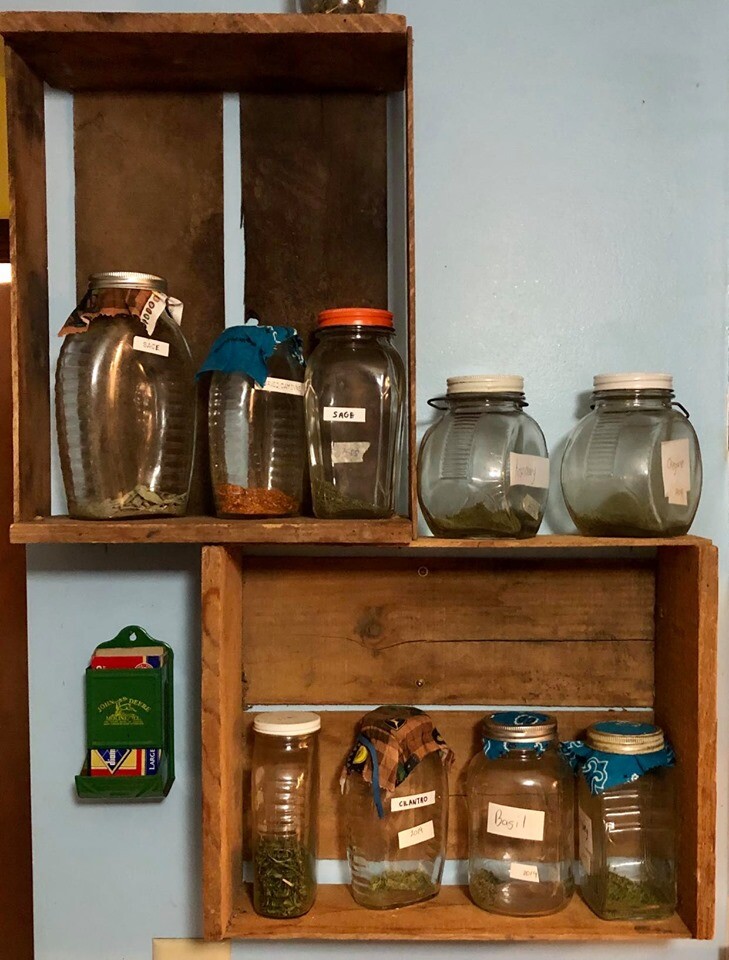
- Prepare Your Herbs:
- Wash and pat dry your herbs.
- For larger herbs like chives and basil, cut them into smaller pieces to ensure even drying.
- Set Up the Dehydrator:
- Place the herbs on the dehydrator trays. For smaller trays, I like to add a fine mess screen and the solid tray on the very bottom tray.
- Set the dehydrator to 95 degrees Fahrenheit.
- Drying Process:
- Leave the herbs to dry for at least 12 hours.
- Check if they're dry to the touch. If not, give them more time.
- Grind and Store:
- Once dry, grind the herbs using a coffee grinder or blender.
- If the hers seem a little damp, I’ll dry them another couple hours ground.
- Store them in airtight glass jars to keep them fresh.
- Retains Flavor and Scent:
- Time-Saving:
- Versatility:
- Use clean, dry glass jars with solid lids.
- Label each jar with the herb's name and the date it was dried.
- Store the jars in a cool, dark place to keep the herbs fresh for longer.
Join the FREE Community



